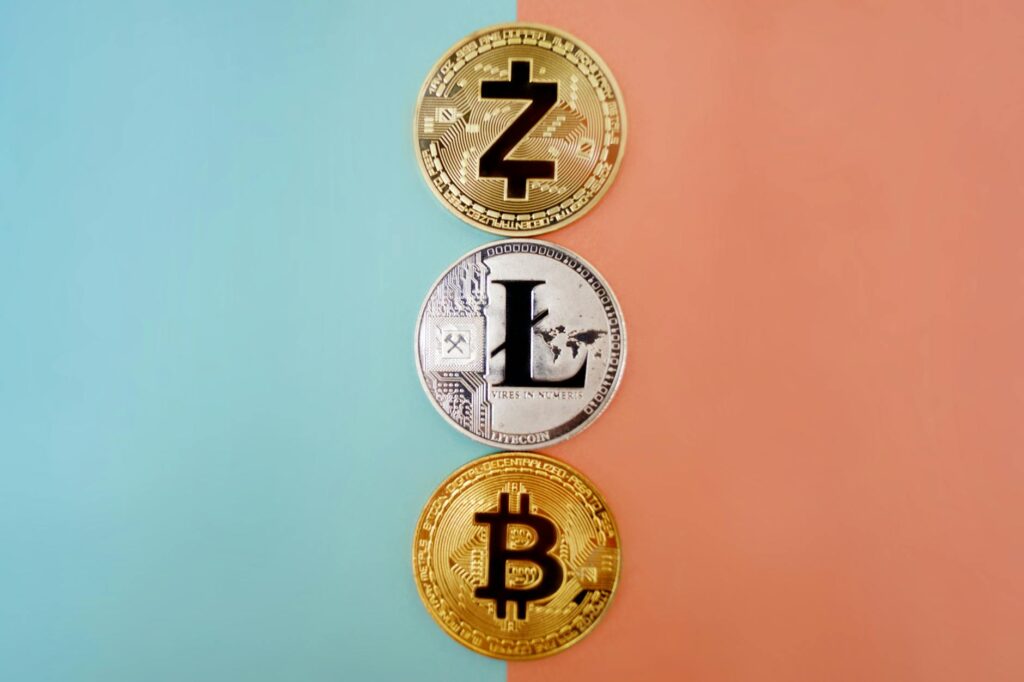The Future of On-Chain Identity and Sybil-Resistant Governance
Imagine a digital world where your identity isn’t scattered across countless platforms, vulnerable to breaches and manipulation. A world where your voice in online communities carries real weight, free from the shadow of fake accounts and automated bots. This is the promise of on-chain identity and Sybil-resistant governance, technologies poised to revolutionize how we interact and make decisions online.
What is On-Chain Identity?
On-chain identity refers to a digital identity that is cryptographically verified and stored on a blockchain. Unlike traditional identity systems controlled by centralized authorities, on-chain identity gives individuals ownership and control over their own data. This empowers users to selectively disclose information, enhancing privacy and reducing the risk of identity theft.

Benefits of On-Chain Identity:
- Enhanced Security: Cryptographic verification makes on-chain identities far more secure than traditional systems.
- User Control: Individuals own and manage their own data, deciding what information to share.
- Interoperability: On-chain identities can be used across different platforms and applications.
- Transparency: All identity-related transactions are recorded on the blockchain, promoting accountability.
The Sybil Attack Problem
Decentralized governance systems, particularly Decentralized Autonomous Organizations (DAOs), are susceptible to Sybil attacks. These attacks involve creating multiple fake accounts to manipulate voting outcomes or gain undue influence. Imagine a single individual controlling hundreds of voting accounts – this undermines the democratic principles of decentralized governance.
How Sybil Attacks Undermine DAOs:
- Manipulated Voting: A malicious actor can sway voting results in their favor.
- Censorship: A group of Sybil accounts could silence dissenting voices.
- Resource Drain: Sybil attacks can strain network resources and slow down operations.
Sybil-Resistant Governance: The Solution
Sybil-resistant mechanisms aim to mitigate the impact of Sybil attacks by making it more difficult and costly to create and maintain multiple fake accounts. This allows for more authentic and democratic participation in decentralized governance.
Examples of Sybil Resistance Mechanisms:
- Proof-of-Personhood: Requires users to prove they are unique human beings, often through biometric verification or social connections.
- Proof-of-Work: Demands a certain amount of computational work to participate, making it costly to create numerous fake accounts.
- Social Graphs: Leverages existing social connections to verify identity and limit the creation of fake accounts.
The Synergy of On-Chain Identity and Sybil Resistance
Combining on-chain identity with Sybil-resistant mechanisms creates a powerful synergy. Verified on-chain identities can be integrated into governance systems, ensuring that each participant represents a unique individual. This fosters a more secure, transparent, and truly democratic governance model.
The Future of Decentralized Governance:
- Increased Participation: Secure and trustworthy systems will encourage wider participation in DAOs and other decentralized platforms.
- Improved Decision-Making: Sybil resistance ensures that decisions reflect the will of the community, not malicious actors.
- Greater Trust and Transparency: Verified identities and transparent processes foster trust among community members.
Challenges and Opportunities
While promising, the implementation of on-chain identity and Sybil-resistant governance faces challenges. Privacy concerns, scalability issues, and the need for user-friendly interfaces are key considerations. However, ongoing research and development are paving the way for innovative solutions. The future of decentralized governance hinges on successfully navigating these challenges and harnessing the full potential of these transformative technologies.
By embracing on-chain identity and Sybil-resistant mechanisms, we can build a more secure, democratic, and empowering digital future for everyone.


